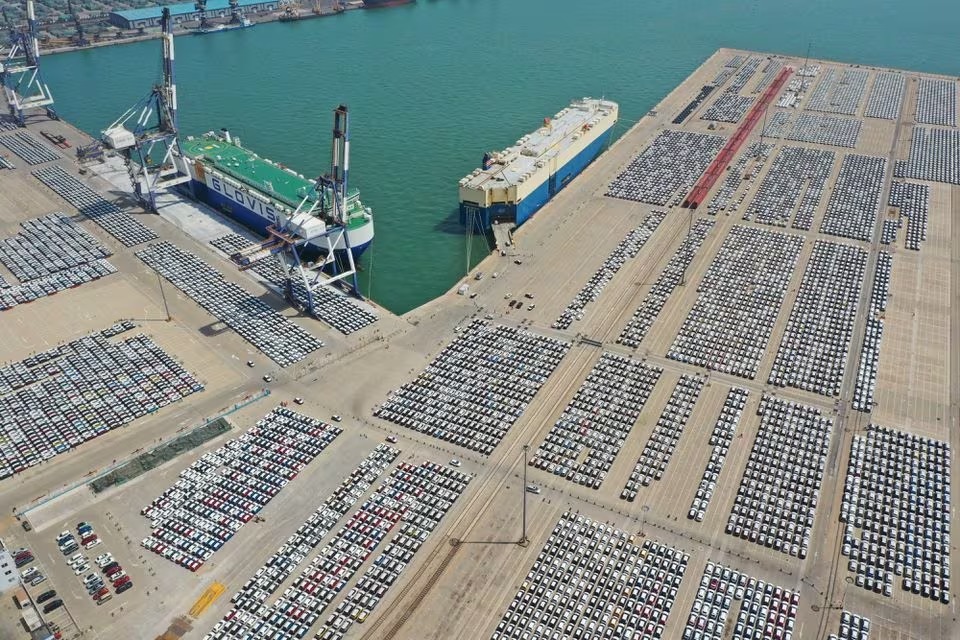
Amid a persistent decline in producer prices for 15 consecutive months, smaller Chinese exporters are facing a dire situation as they grapple with intense price wars, squeezing profit margins and jeopardizing industrial output and jobs. Prolonged factory deflation is now a significant threat, impacting around 180 million people employed in export-related jobs. The economic challenges, including a property crisis and debt crunch, are compounded as higher interest rates abroad and rising trade protectionism contribute to shrinking business demand.
Key Points:
1. Deteriorating Profit Margins: Smaller Chinese exporters find themselves in relentless price wars, leading to falling profit margins, industrial output, and job losses. Producer prices have been on a continuous decline for over a year, with profits at China’s industrial firms falling 2.3% last year.
2. Economic Woes: China’s economic challenges, including a property crisis and a debt crunch, are exacerbated by the prolonged deflationary trend. Industrial output faces risks, and manufacturing activity has contracted for four consecutive months, while export orders have shrunk for ten months.
3. Urgency to Address Deflation: Economists emphasize that addressing deflation should be a higher policy priority than achieving expected growth targets. The risk of a vicious cycle is highlighted, where companies cut prices and staff salaries, leading to reduced consumer spending and perpetuating economic challenges.
4. Impact on Exports: Smaller exporters face intensified competition, with orders coming in at prices significantly below production costs. Policymakers need to explore alternative levers to achieve growth targets, potentially focusing on stimulating household consumption to counter sluggish exports.
5. Financial Sector Dynamics: China’s central bank injects liquidity into the financial system to spur growth, but smaller firms are reluctant to take on loans due to intense competition and the dominance of bigger rivals. This creates a broken link in China’s monetary policy, hindering the efficiency of financial resources.
6. Rising Unemployment Concerns: The pressure on factory owners to cut jobs is increasing, with some contemplating business closures. The private sector surplus, particularly in electronics, chemicals, and machinery, poses challenges as efforts to shrink supply become difficult.
7. Policy Adjustments: China’s policy focus on channeling financial resources into the manufacturing sector, rather than consumers, contributes to overcapacity and deflation concerns. The need for a more balanced growth approach is emphasized to alleviate downward pressure on prices and margins.
As China grapples with economic complexities, addressing deflation emerges as a critical imperative to safeguard the livelihoods of millions and stabilize the broader economic landscape.
Subscribe to Follow Global Trends for daily global news.To Advertise, send a mail to advertise@followglobaltrends.com
Credit: Qiaoyi Li

